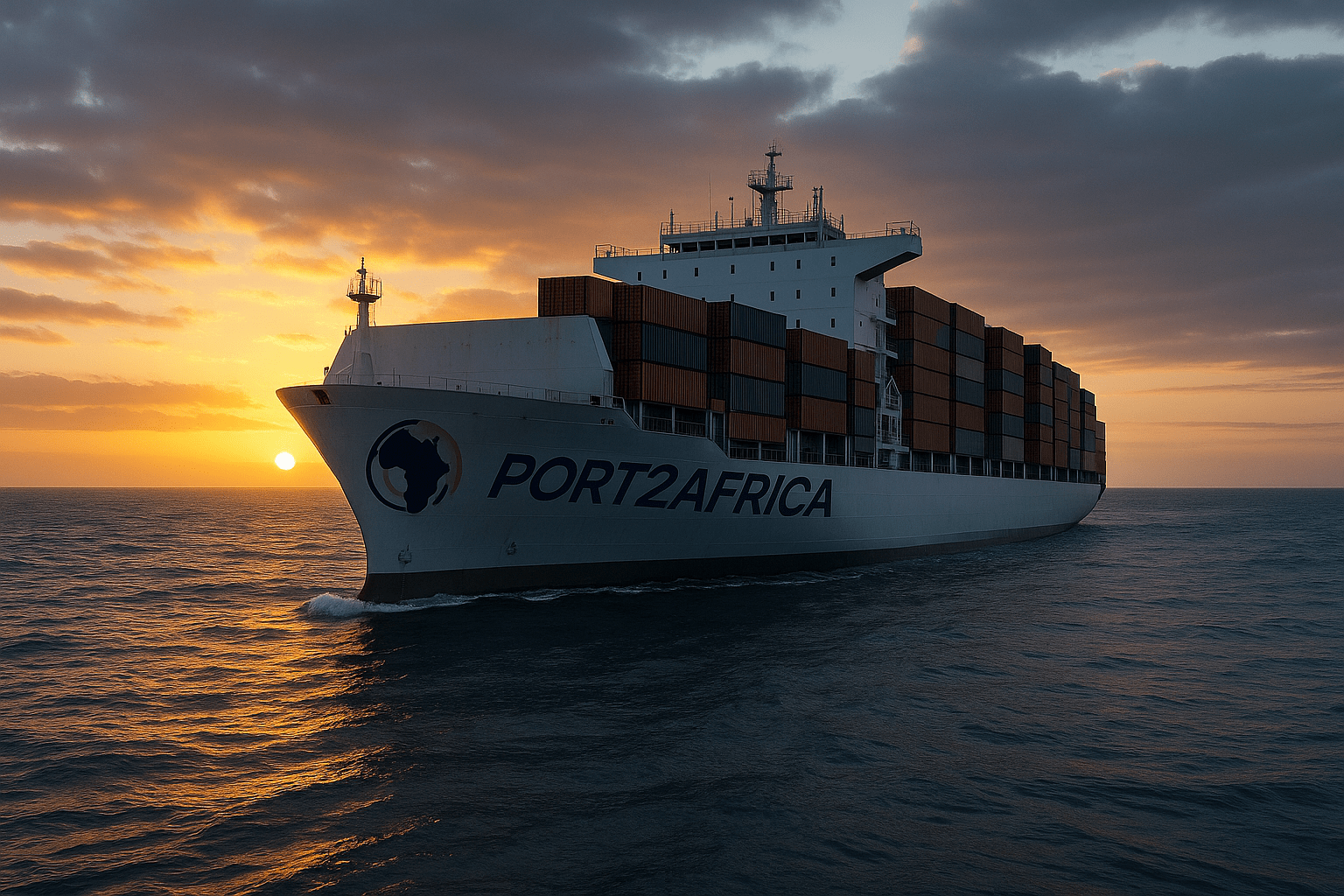South Africa’s trading history is a complex tapestry woven over centuries, reflecting the nation’s diverse cultures, resources, and geopolitical influences. From indigenous trade practices to modern commerce, South Africa has played a significant role in global trade networks.
Early Trade Practices
Long before European colonization, indigenous communities in South Africa engaged in trade among themselves and with neighboring regions. The Khoisan, for instance, exchanged goods such as animal skins, ivory, and medicinal plants. Bantu-speaking tribes introduced agricultural products like millet and sorghum, creating vibrant trade routes that extended throughout the southern African region.
The Colonial Era
The arrival of European traders in the 17th century marked a significant shift in South Africa’s trading landscape. The Dutch East India Company established a refreshment station at Cape of Good Hope in 1652, facilitating maritime trade. This period saw the exploitation of local resources, including the establishment of vineyards and agriculture to supply passing ships.
In the 19th century, British colonization further transformed trade dynamics. The discovery of diamonds in Kimberley in 1867 and gold in Witwatersrand in 1886 propelled South Africa into the global economy. The subsequent mining boom attracted foreign investment and labor, fundamentally altering the social and economic fabric of the country.
The Role of Railways and Infrastructure
The development of railways in the late 19th and early 20th centuries revolutionized trade in South Africa. Rail networks connected inland mines to ports, enhancing the movement of goods. This infrastructure facilitated not only the export of minerals but also the import of goods, making South Africa a vital link in global supply chains.
Apartheid and Economic Isolation
The apartheid era (1948-1994) significantly impacted South Africa’s trading relationships. International sanctions and economic isolation limited trade with many countries. However, the nation maintained trade with certain allies and developed a robust internal economy. Despite these challenges, South Africa continued to export key commodities such as gold, coal, and agricultural products.
Post-Apartheid Trade Dynamics
With the end of apartheid, South Africa reintegrated into the global economy, leading to a resurgence in trade. The nation became a member of various international organizations, such as the World Trade Organization (WTO) and the Southern African Development Community (SADC). These memberships fostered trade agreements that boosted exports and attracted foreign investment.
Today, South Africa’s major trading partners include China, the United States, Germany, and the United Kingdom. The country exports a diverse range of products, from minerals and precious metals to agricultural goods and manufactured items.
Current Trends and Future Prospects
In recent years, South Africa has focused on diversifying its economy and expanding trade relationships beyond traditional partners. Initiatives aimed at promoting exports in sectors like technology, renewable energy, and manufacturing are gaining momentum. Furthermore, the African Continental Free Trade Area (AfCFTA) presents new opportunities for intra-African trade, positioning South Africa as a potential gateway to the continent.
Conclusion
South Africa’s trading history reflects its rich cultural heritage and dynamic economic evolution. From early indigenous trade to becoming a key player in the global market, the nation continues to adapt to changing economic landscapes. As it embraces new opportunities and challenges, South Africa’s trading legacy remains a vital aspect of its identity and future growth.

